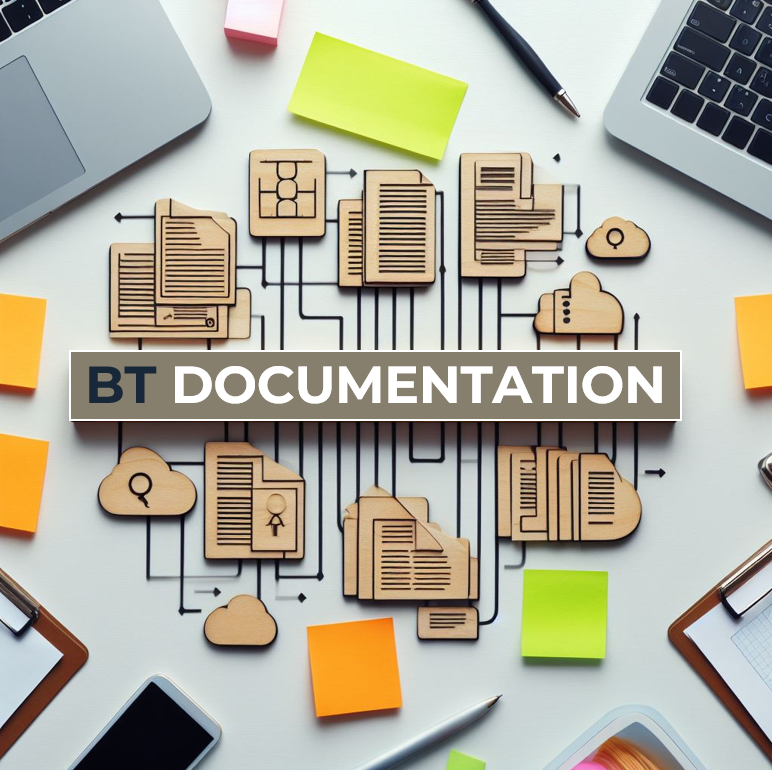IT’S DOCUMENTATION DECEMBER!
It's a chilly December morning, so let's talk about a topic that gives our team here at BT the warm and fuzzies: Technology Documentation! Documentation refers to the process of creating, maintaining, and updating literature that describes the various components, systems, and processes of an organization's technology infrastructure. While it may seem like an arduous task, technology documentation is a critical step in our onboarding process (and an ongoing responsibility to our clients). Doing this comprehensively and consistently makes a big difference. Here's why:
Knowledge Transfer: Our primary reason for creating technology documentation is to ensure knowledge transfer. Technology documentation provides an organized and comprehensive resource for employees to understand how the organization's technology infrastructure works. This knowledge transfer helps ensure that critical information is not lost when an employee leaves the organization or transitions to a new role – or when new engineers are added to the Bacheler Technologies support team. We don't want to waste time asking our clients unnecessary questions; maintaining a robust and easily searchable information base for our technicians helps us be as efficient as possible when beginning the troubleshooting process.
Consistency and Standardization: Consistency and standardization are essential for any technology infrastructure to work efficiently. By documenting procedures, standards, and configurations, organizations can ensure that their technology infrastructure is consistent and standardized. This consistency helps improve system stability, reduce downtime, and improve overall productivity.
Compliance and Security: Documentation is essential for organizations to comply with regulatory requirements and ensure data security. By documenting the organization's technology infrastructure, organizations can demonstrate compliance with various regulations (like GDPR or HIPAA). Moreover, technology documentation helps ensure that security controls are implemented and maintained effectively.
Planning and Decision Making: Technology documentation provides valuable information to support planning and decision-making processes. By documenting the technology infrastructure, organizations can identify areas that need improvement, make informed decisions about technology investments, and identify opportunities for automation and optimization.
Business Continuity: Finally, documentation plays a key role in ensuring business continuity. In the unlikely event of a critical system failure, our comprehensive documentation allows us to troubleshoot and resolve issues more quickly, reducing downtime and ensuring business continuity.
Technology documentation is essential for organizations to maintain and improve their infrastructure and technology environment. We prioritize our documentation process to ensure knowledge transfer, consistency and standardization, compliance and security, support for planning and decision making, and business continuity. It helps our clients ensure that their environments are well-managed, secure, and aligned with their business objectives.
Have questions about your documentation? Let’s talk.


